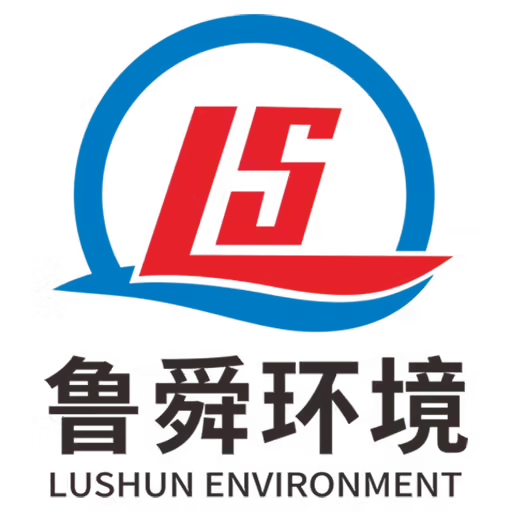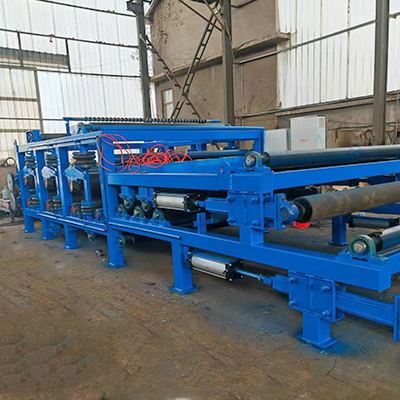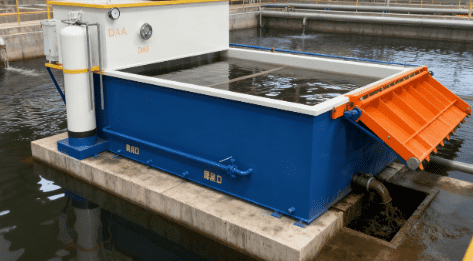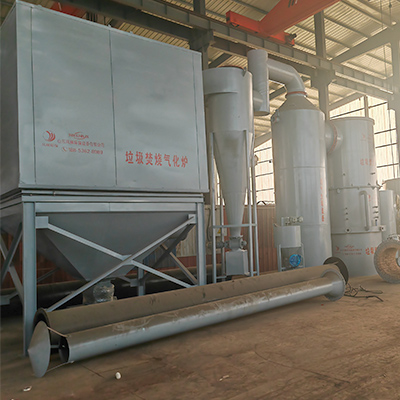At the “throat” of the sewage treatment plant, the screen machine is protecting the safety of the entire treatment system with millimeter-level precision. This seemingly simple device intercepts dozens of tons of garbage every day through the precise arrangement and intelligent control of metal bars, becoming an indispensable “outpost guard” for water environment management.
From source interception to intelligent slag removal
Pre-processing and classification protection
According to different water qualities, the screen machine sets up three levels of defense: the sewage entering the factory first passes through the coarse screen (gap 50-100mm) to intercept branches and plastic bottles. The actual measurement of a municipal plant shows that a single coarse screen intercepts 1.2 tons of garbage per day; for industrial wastewater, manual screens are added. A textile factory successfully intercepted more than 90% of fiber clusters through a combination of manual and mechanical methods. After pretreatment, the SS (suspended solids) of the sewage entering the fine screen is reduced by 60%, protecting the subsequent water pump life by 2 times.
Fluid Mechanics Wisdom for Water Intake Systems
The constant velocity gradient channel design is adopted, and the inlet flow rate is controlled at 0.6-1.0m/s (the national standard upper limit is 1.2m/s) through the 1:100 slope and the rectifier. A sewage treatment plant renovation case shows that after optimization, the uniformity of water flow is improved by 40%, avoiding the “flipping screen” phenomenon (sewage directly overflows and bypasses the screen), and the interception efficiency is increased from 85% to 95%.
Precision screening of bars
Core components – stainless steel bars (3-10mm thick) with customized gaps according to water quality: 10-20mm fine grids for municipal sewage (intercept impurities with particle size > 5mm), 5-10mm ultra-fine grids for food wastewater (intercept vegetable leaves and broken bones). After a dairy factory applied 5mm gap grids, the subsequent blockage frequency of the plate and frame filter press was reduced from 3 times a week to 1 time a month.
Intelligent slag removal system
Adopting liquid level difference + time dual control technology: when the water level difference before and after the screen is greater than 0.3m or after an interval of 20 minutes, the chain scraper automatically starts. Data from a smart water project shows that intelligent control reduces the energy consumption of slag removal by 35%, reduces the moisture content of screen slag from 80% to 65%, and reduces transportation costs by 20%.
Resource treatment of screenings
The intercepted screens are dehydrated by a screw press (water content < 60%), municipal screens can be incinerated to generate electricity (calorific value of about 2000kJ/kg), and industrial screens such as textile fibers can be recycled. A chemical fiber plant recycles 800 tons of screens fiber annually, creating economic benefits of 400,000 yuan.
Three major innovations reshape industry standards
Anti-Tangle Design:
The serrated edges of the bars + rotating cleaning arms were used in a slaughterhouse, and the downtime caused by hair entanglement was reduced from 8 hours to 0.5 hours per month.
Low carbon operation:
The new step-type grid machine has a power of only 1.5kW, which is 60% more energy-efficient than traditional equipment. Combined with solar power supply, it can achieve zero-carbon operation in remote areas.
Digital Twin Monitoring:
The integrated vibration sensor and AI algorithm can warn of the risk of grid breakage 48 hours in advance. The pipeline monitoring system in a provincial capital city shows that the accuracy rate of fault warning is 98%.
“Equipment Protector” in Multiple Fields
In the municipal sector, 200 screen machines in a southern city intercept 87,000 tons of garbage annually, which is equivalent to avoiding 217 kilometers of pipeline blockage. In the industrial sector, a chemical park uses corrosion-resistant fiberglass screens (pH 2-12 resistant) to ensure that 300 water pumps run continuously for 365 days without failure. In the sewage treatment of scenic spots, landscape buried screen machines (noise <55dB) are integrated with ecological pools to become the “invisible guardian” of wetland parks.
From “interception” to “intelligent perception”
With the implementation of the “Standards for the Operation and Management of Urban Sewage Treatment Plants”, the screen machine is being upgraded to be refined and intelligent. The new equipment is equipped with water quality sensors to monitor COD and ammonia nitrogen in real time, providing a basis for adjustment for subsequent processes; the modular design expands the processing capacity of a single unit from 500m³/h to 5000m³/h, adapting to the needs of sponge city construction. According to industry reports, by 2026, the market share of intelligent screen machines will exceed 70%, becoming the standard equipment for smart water services.
This “steel defense line” composed of metal bars silently guards the city’s “water veins” every day. As the sewage treatment engineer said: “The screen machine intercepts not only garbage, but also the responsibility for subsequent equipment and the commitment to the water environment.” In the journey of ecological civilization construction, this seemingly ordinary equipment is writing the first chapter of water treatment with millimeter-level perseverance.
